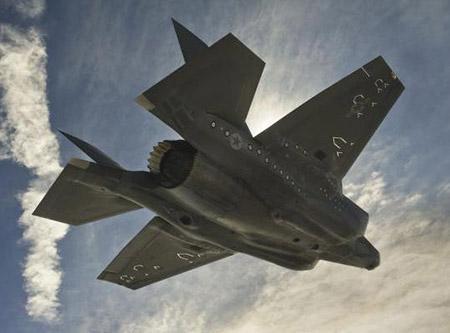The US government, to date, provides for the possibility to equip the F-35A ground-based nuclear weapons, intended as "double-capacity aircraft", capable of carrying the Boeing B61-12 thermonuclear guided bomb. According to the study, however, the F-35C should also receive nuclear weapons as a "visible manifestation of the US commitment to protecting its allies".
"The bombers provide important coverage, but what really counts are the nuclear-powered aircraft deployed deep within the territory of our allies".
The report, entitled Project Atom, considers alternative nuclear strategies over the time span from 2025 to 2050.
"The US nuclear umbrella is more effective and reassuring when present in allied territory, instead of relying exclusively on long-range nuclear bombers, ballistic missiles and submarines."
According to the US Air Force, the first B61-12 nuclear bomb will be assembled in the 2020. The integration with the F-35A will take place starting from the 2021 with the status of "double capacity" which, according to estimates, will be reached in the 2024, as part of the Block 4 configuration.
"At the height of the Cold War we had 7.000 nuclear weapons in Europe. In Asia we had almost 1.000 nuclear warheads deployed on the Korean peninsula. Three thousand warheads were in the Asia Pacific region. When the Soviets faced the borders, they saw not only American men and women in uniform, but thousands of nuclear weapons. They knew that a conventional attack on their part would trigger our reaction. "
The Atom Project concludes by stating that America needs several nuclear weapons: from low-yielding ones to tactical nuclear weapons up to weapons of mass destruction.
The current US strategy provides for a massive retaliation response (Second Strike) as the first deterrent against a nuclear attack.
The military response of Europe (without the United States) to an enemy nuclear attack is still unclear.
Franco Iacch
(photo: Lockheed Martin)












